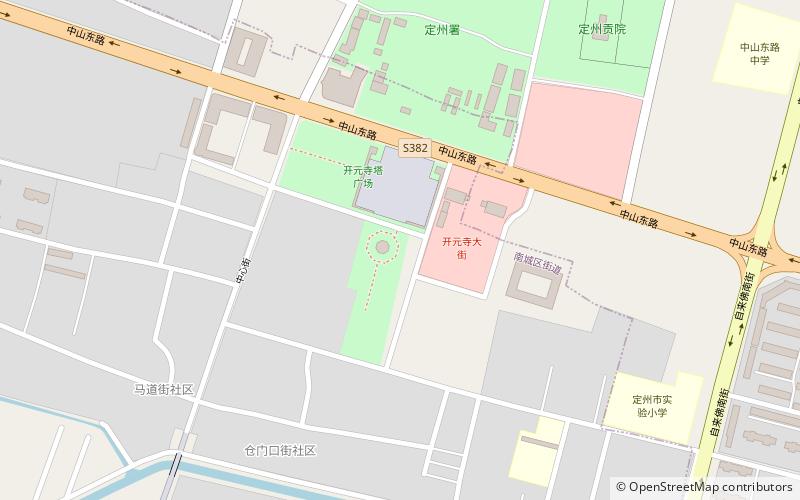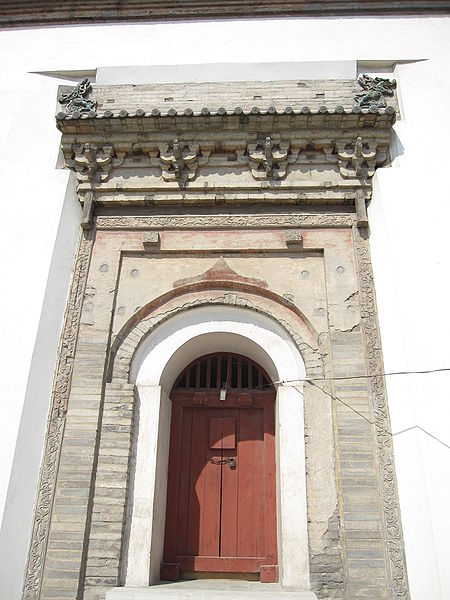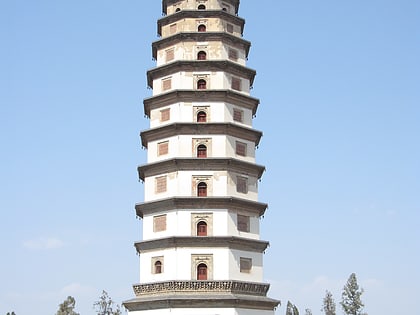Liaodi Pagoda


Facts and practical information
The Liaodi Pagoda, nestled in the tranquil setting of Hebei province, China, stands as an architectural masterpiece and a testament to the ingenuity of ancient Chinese temple design. Erected during the reign of Emperor Renzong of the Song Dynasty, this towering structure reaches a height of 84 meters, making it the tallest pre-modern pagoda in China and an important landmark in the history of Chinese Buddhism.
Constructed between 1055 and 1094, the Liaodi Pagoda, also known as the "Pagoda of Liaodi" or "Kaiyuan Monastery Pagoda," was initially designed to serve both a religious and a military purpose. The pagoda was strategically positioned to allow soldiers to spot enemies from afar, thus acting as an early-warning system against invasions. However, its primary role was as a place of worship and a repository for Buddhist scriptures and relics.
The pagoda is renowned for its well-preserved state and the intricate brickwork that adorns its exterior. It features a total of 13 stories, although visitors can only climb to the sixth floor. Each level is marked by elaborate eaves and ornate carvings, while the interior houses a large collection of Buddhist statues and wall paintings that date back to its construction period.
Despite its age, the Liaodi Pagoda has withstood the test of time, surviving multiple earthquakes and wars. It remains a significant cultural and historical site, attracting scholars and tourists alike who come to marvel at its architectural beauty and delve into its storied past.
Liaodi Pagoda – popular in the area (distance from the attraction)
Nearby attractions include: Dingzhou.

